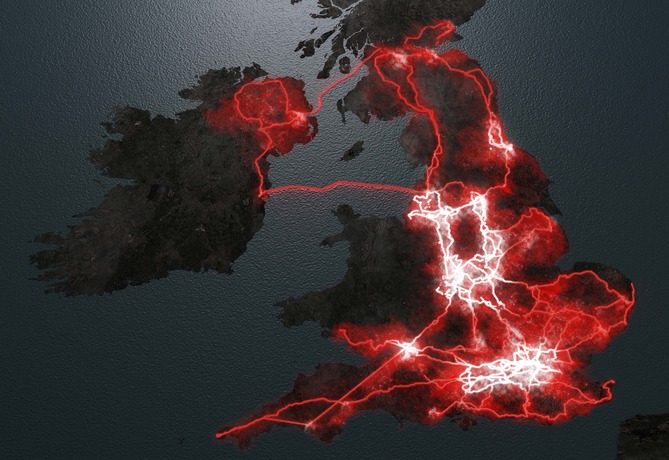Just 15 Percent Of UK Homes Have 30Mbps Superfast Broadband

New research names Britain’s 50 slowest broadband streets. Meanwhile, even those who have the option of superfast broadband are slow to adopt it
Forty percent of the UK population endure slow broadband speeds even though faster services are available, according to research from uSwitch.
Two fifths of Britons have Internet connections slower than 5Mbps and only 15 percent enjoy superfast broadband at 30Mbps, the survey found – even though faster speeds are now available to nearly three quarters of the UK population.
Illustrating the places where faster speeds have yet to penetrate or be adopted, the comparison site also published the ten fastest and 50 slowest streets for broadband based on two million consumer speed tests carried out over the past six months.
It found that the two slowest streets, Wheatley Road in Stanford-le-Hope, Essex and Erw Fawr in Conwy, Wales, experienced average speeds of just 0.6Mbps.
Broadband slow lane
 This is 96 times slower than Loundes Road in Dronfield, Derbyshire, which has average speeds of of 57.59Mbps, and 30 times slower than the UK average. Station Road in Boston, Kelvin Grove in North Shields and Maple Crescent in Bridgnorth, Shropshire make up the rest of the top five, while Essex had six roads in the top 50 – more than any county.
This is 96 times slower than Loundes Road in Dronfield, Derbyshire, which has average speeds of of 57.59Mbps, and 30 times slower than the UK average. Station Road in Boston, Kelvin Grove in North Shields and Maple Crescent in Bridgnorth, Shropshire make up the rest of the top five, while Essex had six roads in the top 50 – more than any county.
While rural communities have often complained about slow broadband, uSwitch’s findings indicate that the problem is also affecting urban areas, including London, with Grange Gardens in leafy Hampstead having an average speed of 1.19Mbps, much slower than the capital’s fastest street, Camel Road in E16, which enjoys 34.62Mbps.
The government is aiming to bring superfast broadband to 95 percent of the UK population by 2017 and has provided public money to local authorities to bring fibre to areas where it would not be considered commercially viable through initiatives such as Broadband Delivery UK, which it claims has connected more than 300,000 properties so far.
Build it and they won’t come
Ofcom claims that 73 percent of the population can access superfast broadband and says the UK leads the European ‘big five’ in terms of adoption and coverage.
However uSwitch says that although superfast broadband is becoming increasingly available in the UK, many consumers are simply unaware of its existence and the benefits it can bring, while others think it is out of their reach financially.
“More needs to be done to increase awareness of availability and cost. Superfast broadband isn’t as expensive as some users might think, with prices starting at £16 per month plus £15 for line rental,” says Marie-Louise Abretti, broadband expert at uSwitch. “Paying line rental upfront can result in savings of around £50 per year and many of the providers have introductory offers. So, for households in the slow lane, superfast broadband could be well worth considering.
“Broadband is now widely considered the fourth utility, but our speed test data shows that not everyone is getting a decent service. Poor connectivity can severely affect local businesses, impact house prices and children’s education, which is why it’s crucial the government keeps its eye on the ball when it comes to improving UK broadband infrastructure, particularly in remote rural areas.”